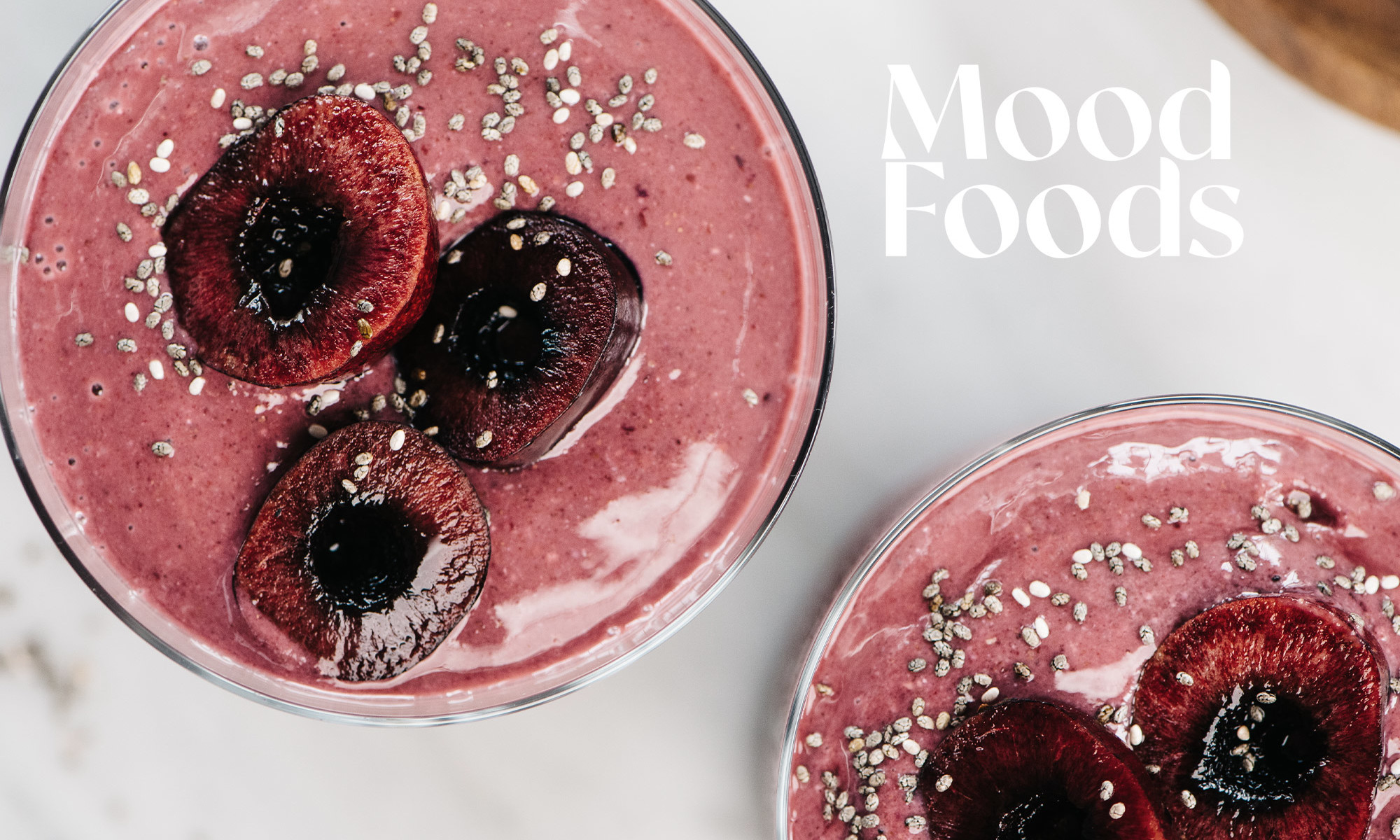What Is A Good Conversion Rate For Google Ads?
A good conversion rate for Google Ads depends on a variety of factors, including the nature of your business, your industry, and your target audience. However, there are some general benchmarks that can provide a starting point for evaluating...


A good conversion rate for Google Ads depends on a variety of factors, including the nature of your business, your industry, and your target audience. However, there are some general benchmarks that can provide a starting point for evaluating the effectiveness of your Google Ads campaigns. Knowing what your current conversion rate is and taking action on ways to improve it will benefit your business in the long run.
To begin with, it’s important to understand what a conversion rate is and how it is calculated. A conversion rate is the percentage of visitors to your website who take a desired action, such as making a purchase or filling out a form. It is calculated by dividing the number of conversions by the number of clicks on your ad. For example, if you receive 100 clicks on your ad and 10 of those visitors make a purchase, your conversion rate would be 10%.
As a general rule, a good conversion rate for Google Ads is considered to be above 5%. However, this is just a baseline, and your actual conversion rate may vary depending on your industry and business goals so don’t worry if you can’t reach 5%, it may just be that what you’re currently seeing is typical for your industry. Some industries might have naturally higher conversion rates due to the nature of their products or services. For example, an e-commerce business might have an average conversion rate of around 5%, while an education and training business might have an average conversion rate of around 3%. Each business is different and depending on the user’s journey, the conversion rate might differ. The lengthier and complex it is to convert, the harder it will be to switch leads into customers, thus bringing down your conversion rate.
In addition to industry factors, there are a number of other factors that can impact your conversion rate, including the quality of your ad copy, the relevance of your ad to the user’s search query, and the overall design and user experience of your website.
To improve your conversion rate, it’s important to focus on optimizing your ad copy and landing pages to be as relevant and compelling as possible. This may involve conducting A/B tests to determine which versions of your ad copy and landing pages perform the best, as well as conducting keyword research to ensure that your ads are targeting the most relevant search queries. Testing different ad copy can help to entice new users to click through so it’s always a good idea to test variations. It’s best practice to use at least 2 responsive search ads, so the more variations you have, the better Google will be at finding the best version.
Another significant factor to consider is the quality of your traffic. While it’s important to have a high volume of traffic to your website, it’s equally important to ensure that the traffic you are receiving is targeted and likely to convert. This can be achieved through a combination of targeted ad campaigns and targeted landing pages. We recommend driving users to the correct landing page of their search. For example, if you have an e-commerce business where you sell clothes, you might want to make the ad similar to what the user has searched for. If your ad appears for jackets but you’re driving users to the home page, you might find that your ad isn’t converting. Here, we would suggest driving people to the jackets section of your website or a landing page that displays your best-selling jackets.
Make sure that the user journey is as simple as it can be. The easier it is for someone to complete a form or complete a purchase the better chances you’ll have at obtaining more conversions. If the buyer’s journey is complicated and distracting, you might find that people will abandon the checkout process. Keep things simple and you’ll benefit so make sure you’re checking your website for any issues that could occur.
Finally, it’s important to keep in mind that conversion rates can vary over time due to a variety of factors, including changes in the market, changes in your business, and changes in consumer behaviour. As such, it’s important to regularly monitor and analyse your conversion rates to identify any trends or changes, and to make any necessary adjustments to your campaigns to improve their effectiveness.
To summarise, a good conversion rate for Google Ads is generally considered to be above 5%, although this can vary depending on your industry and business goals. To improve your conversion rate, it’s important to focus on optimizing your ad copy and landing pages, targeting relevant keywords, and ensuring that you are attracting targeted and high-quality traffic to your website. By regularly monitoring and analysing your conversion rates, you can identify any trends or changes and make the necessary adjustments to improve the effectiveness of your campaigns. For more tips on Google ads, make sure to check out more of our resources.
Share this post

Joaquin LopezSenior Paid Media Executive
Quags is a talented Paid Media specialist with several years’ experience and a particular talent for Facebook advertising, paid social ads and creatives. Also a sci-fi movie buff, gamer, lover of dystopian fiction and self-taught bassist, we’ve concluded that Joaquin has quite the creative streak. A recent trip to Japan unearthed a love for ramen noodles, so we now know what to bribe him with! Fun fact: originally from Chile, Joaquin’s surname means ‘son of wolf’.



A Digital Marketing Guide for Beginners
Stacey Cavagnetto
20th Dec 2022
Content Marketing Blog



The differences between Google Analytics 4 (GA4) versus Universal Analytics (UA)
Kelly-Anne Crean
16th Dec 2022
Analytics
Digital Ideas Monthly
Sign up now and get our free monthly email. It’s filled with our favourite pieces of the news from the industry, SEO, PPC, Social Media and more. And, don’t forget - it’s free, so why haven’t you signed up already?
Unlike 08 numbers, 03 numbers cost the same to call as geographic landline numbers (starting 01 and 02), even from a mobile phone. They are also normally included in your inclusive call minutes. Please note we may record some calls.

 Aliver
Aliver 







![LinkedIn Company Pages: The Ultimate Guide [+ 10 Best Practices]](https://blog.hubspot.com/hubfs/linkedin-company-pages.jpeg#keepProtocol)























